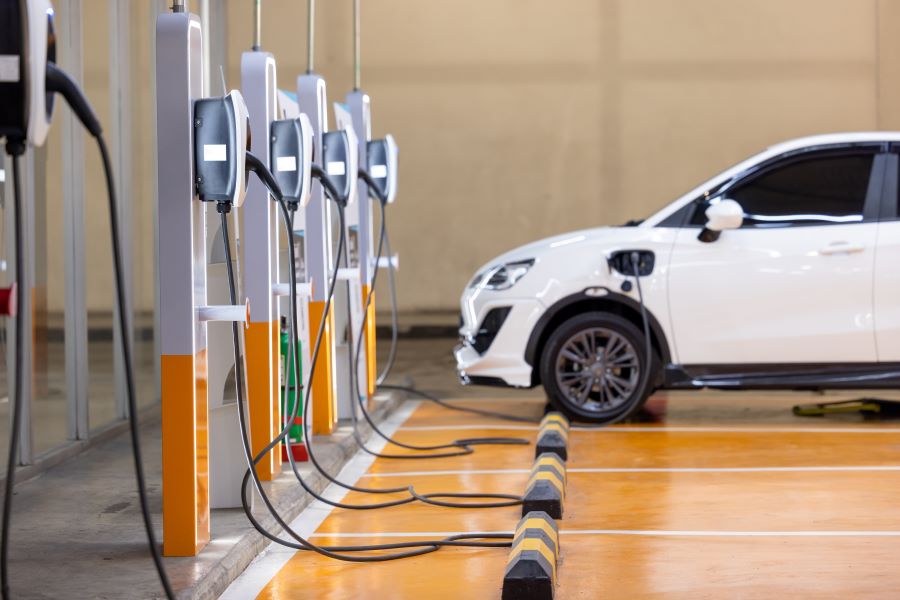How Public Charge Points Work: Access, Payment Methods, and Reliability
Public charge points connect electric vehicles to a growing energy infrastructure, offering access beyond home charging for daily trips and long-distance travel. This article explains how drivers gain access, common payment methods, and the reliability factors operators and fleet managers monitor to keep stations available.

Public charge points are an essential part of electric vehicle infrastructure, enabling charging away from home charging options. Stations differ by connector type, power level and network management, and they rely on communication between the vehicle, the station and back-end systems to authenticate users, record energy delivery and handle billing. Understanding how access, payment and reliability are managed helps individual drivers and fleet management teams plan routes, estimate charging costs and evaluate charging site performance.
Charging access
Access methods for public charge points commonly include mobile apps, RFID cards, contactless bank cards and account-based authentication. Some networks require an account before starting a session, while others permit pay-as-you-go access with on-site card readers. Physical accessibility—such as parking layout, curbside placement and signage—also affects how easily drivers can use a charger. For electric drivers and fleets, confirming accepted authentication methods ahead of a trip reduces delays and ensures sessions can be initiated without friction.
Payment methods
Payment models range from per-kWh billing and per-minute rates to flat fees or subscription plans. Mobile apps often store payment details and provide session receipts showing energy delivered and session duration, while contactless cards let drivers pay without registration. Fleet management platforms typically consolidate billing by connecting directly to provider APIs, enabling centralized invoicing and easier expense tracking. Clear billing information helps compare effective cost per kilometre and supports budgeting for both personal and commercial use.
Reliability and uptime
Reliability is measured by charger uptime and the frequency of service interruptions. Uptime depends on hardware quality, software stability, remote monitoring capabilities and timely maintenance. External factors such as local grid constraints, weather exposure and vandalism can also reduce availability. Operators use monitoring tools to detect faults and dispatch technicians; for drivers and fleet managers, sites with high reported uptime and responsive maintenance practices are preferable to minimize unexpected detours or delays.
Interoperability and billing
Interoperability determines whether credentials or cards can be used across multiple networks through roaming agreements and open standards. Greater interoperability reduces the need to maintain multiple accounts and simplifies billing reconciliation. Session billing should be transparent, listing kilowatt-hours delivered, session duration and any additional connection or parking fees. Accurate and standardized billing formats make it easier for users and fleet accounting systems to verify charges and compare real-world costs between locations.
Home charging and route planning
Home charging remains the primary source of energy for most EV users because it is convenient and typically more cost-effective. Public charge points supplement home charging by enabling longer journeys and quick top-ups during trips. Integrating real-time charger status, connector types and expected power levels into route planning tools helps drivers select stops that fit battery state-of-charge and timing needs. For fleet management, combining telematics with public charging data supports scheduling stops that minimize downtime and maintain operational efficiency.
Fleet management and maintenance
Fleet operators prioritize dependable uptime, predictable billing and maintenance responsiveness when selecting public charge points. Preventive maintenance programs cover connector wear, firmware updates and site cleanliness; remote diagnostics allow faster fault identification. Contracts and service-level agreements between fleet managers, charge point operators and site owners clarify responsibilities for repairs and routine upkeep. Well-defined maintenance procedures and rapid service restore capability contribute directly to operational reliability for commercial and municipal fleets.
Conclusion Public charge points operate through coordinated systems of access control, payment processing and operational maintenance that together determine practical availability for drivers and fleets. Evaluating interoperability, billing transparency and maintenance practices provides a clearer picture of real-world reliability than station counts alone. Combining reliable home charging with informed use of public infrastructure and thoughtful route planning creates a resilient charging strategy while operators focus on upkeep to sustain uptime and user trust.





